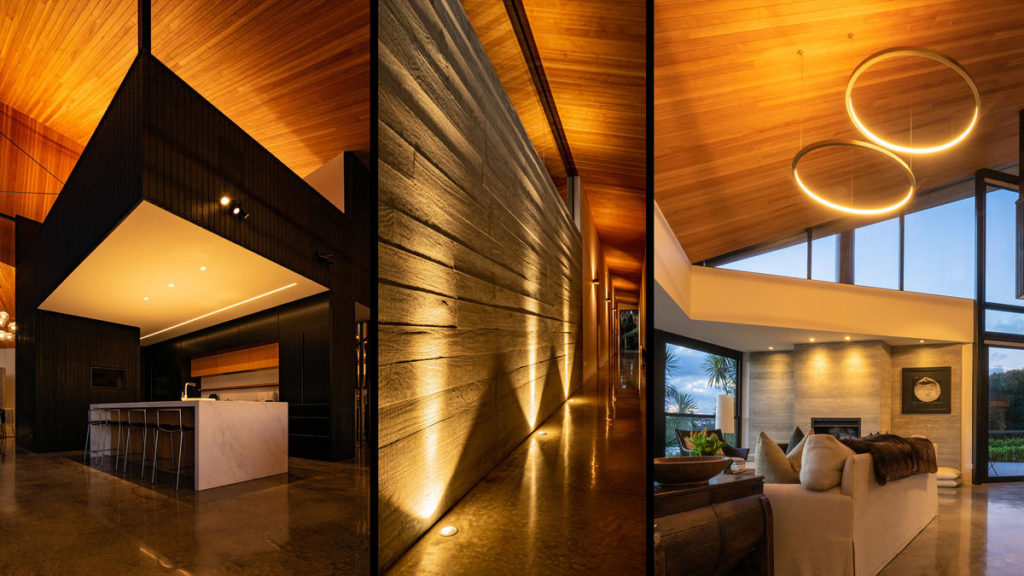Home Interior Lighting Design
Your home’s interior lighting design is one of the most essential design elements in use today; however, it is one of the most neglected by modern, DIY decorators. It doesn’t matter how carefully you have furnished, arranged, or accessorized your home, if you don’t use the right lighting design, the space will never look its best.
While you need to consider the feel and the look of the lighting fixtures you choose, selecting the fixtures should be secondary. The first step is to create a design plan that is going to meet your general lighting needs.
Ambient Lighting Considerations
Also referred to as general lighting, ambient light is the most basic of the three types that are used. This is the natural light that comes from the structure’s windows and the lighting that serves as a substitute for natural sources of light.

Some of the common fixtures that offer a source of ambient lighting include:
Torchieres
Chandeliers
Wall sconces
Lighting kits found on ceiling fans
Recessed ceiling lights
Track lighting
Most people fully understand the need for ambient lighting, but there are many who just stop there. This is just the base for you to add other layers of light to your home to create an appealing lighting design.
Task Lighting Considerations
The name of this lighting is pretty self-explanatory – it is the lighting you need to handle basic tasks, such as applying makeup, cooking, reading, etc.
Some of the examples of task lighting fixtures include:
Adjustable floor lamps
Table lamps
Vanity lights
Desk lamps
Recessed lights or directed track
Swing arm lamps
Pendant lights
Under counter lights
Before you choose the task lighting for your home, you should create a list of the activities you plan to perform in every room where it is being installed.

Accent Lighting Considerations
There are some people who believe that accent lighting is actually mood lighting. However, it is really more than that.
Along with helping to create the atmosphere for the space and influencing mood, this type of lighting can be used to highlight architectural features and other objects to help draw attention away from the things that aren’t as pleasing. While accent lighting can help to disguise decorating blunders, it is often the most forgotten one of the three types of lighting that are mentioned here.
Some of the most popular examples of accent lighting include:
Wall sconces
Can lights and uplights
Chandeliers with dimmer switches
Picture lights
Recessed lights or directed track
Candlelight
Picture lights
Light bridges on media furniture
Lighting inside wire door cabinets or glass
Niche lighting
Notice that wall sconces and chandeliers may double as a source of accent lighting, too, especially if you install dimmer switches. Recessed and track lighting can also function as any of the three different types of lighting, but this depends on how they are directed.
As you can see, there are more than a few factors to consider when it comes to interior lighting. When you are creating a design plan, keeping the types of lighting available in mind is key.